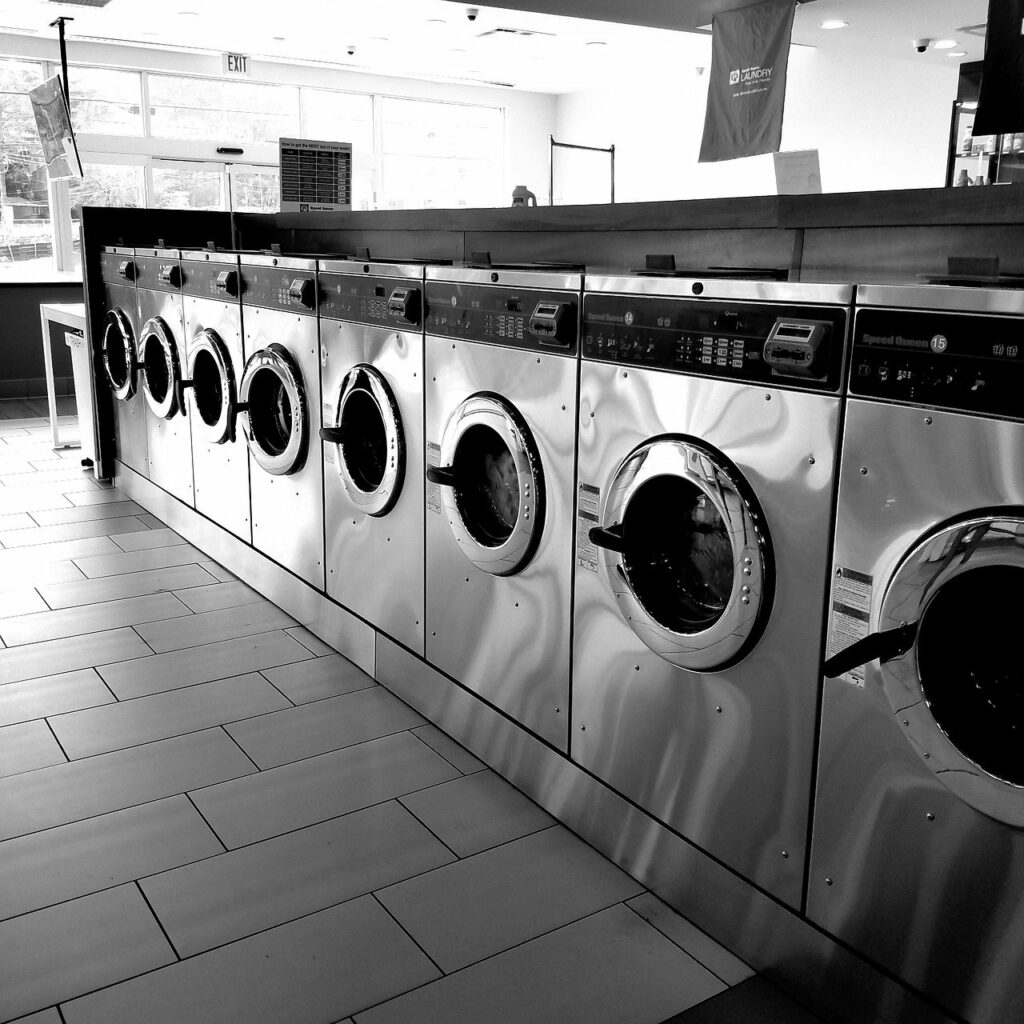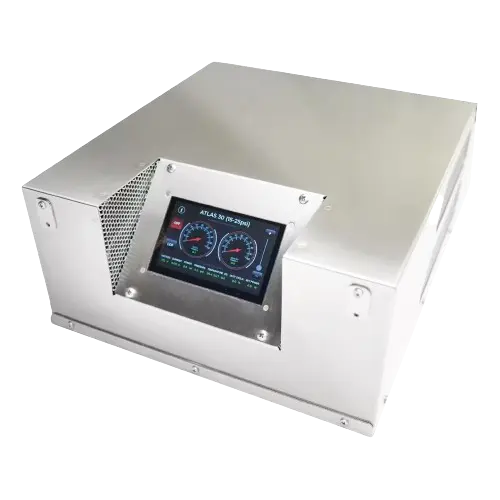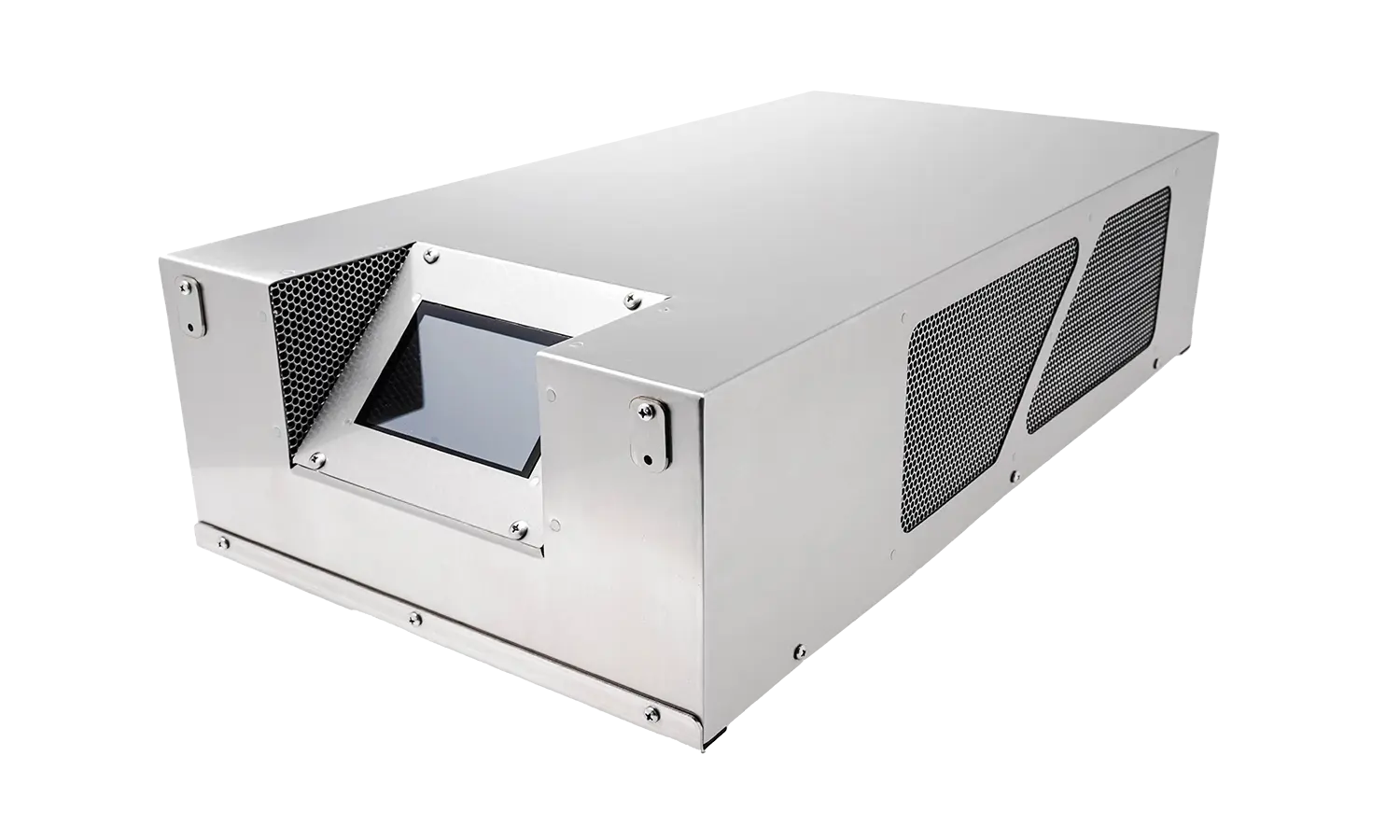Share This Story, Choose Your Platform!
Frequently Asked Questions About Using Ozone for Commercial Laundry
Q: WILL OZONE FOR COMMERCIAL LAUNDRIES WORK ON COLORED LINENS?
Certainly, ozone serves as an oxidizing agent, which can potentially result in the fading of organic dyes. Nonetheless, it is important to note that the color of all commercially washed and dried clothes may fade over time.
Q: WILL OZONE LAUNDRY SYSTEMS HURT MY WASHERS?
Gas-phase ozone is more aggressive than ozone that has been dissolved in water. Some systems inject ozone directly into the washers. On occasion, this has resulted in damage to the washer itself. One major washing machine manufacturer has voided its warrant when direct ozone systems are used. In the last fifteen years, there have been no known cases of washer damage from an indirect ozone laundry system. Aqueous Ozone not only cleans your clothes but also kills bacteria that make your laundry and laundry machine stink.
Q: WILL OZONE HURT MY LINEN?
The Textile Rental Services Association (TRSA) conducted tests many years ago that showed ozone severely weakened linen. But, TRSA applied direct injection of strong levels of ozone gas onto the linen. In contrast, our testing and field experience has shown an improvement in textile strength with indirect ozone compared to conventional hot water formulas. Some of our customers have even cut their linen replacement costs in half (20 to 30% reduction is more typical). We have used ozone on the finest hospitality linens available with excellent results.
Q: WILL I NEED TO VENT MY WASHERS?
When using a direct-inject ozone system, the laundry may need to exhaust the enormous amount of ozone that enters the room (where gas ozone is applied directly into the wash wheel). This is not the case with indirect systems as long as Laundries have installed a properly degassed for the undissolved ozone before entering the washer.
Q: WHAT’S THE DIFFERENCE BETWEEN INDIRECT AND DIRECT OZONE SYSTEMS?
Indirect ozone laundry systems (aqueous ozone) dissolve the ozone in the water before the water enters the washer(s). It also eliminates any undissolved ozone. This design enables the consumer to ensure that the system functions properly and that proper ozone levels are maintained. It also easily facilitates large and small washers and allows one system to handle all the washers in a laundry. It also applies micro-bubbles that increase the linen’s surface area contact and minimize off-gas concerns.
Direct inject systems inject the ozone gas directly into the washer. These systems have been effective for smaller washers (50 lbs). Applying the appropriate ozone levels becomes increasingly difficult as washer sizes increase. These systems lack a mechanism for the operator to confirm that the device is functioning properly or to determine what ozone level, if any, is being applied.
Q: WHAT ARE THE MAINTENANCE REQUIREMENTS FOR AN AQUEOUS OZONE LAUNDRY SYSTEM?
Like most items in the ozone laundry, the most important efforts are to keep the equipment dry and reasonably lint-free. Laundries are a tough environment for ozone equipment, and we have gone thru various vendors over the years to ensure components are rugged enough for long-term performance.
Q: WHAT ARE THE DOWNSIDES OF OZONE FOR COMMERCIAL LAUNDRY?
One downside of ozone is asking people to change what they are doing. Even the smallest changes can often be difficult to implement and see thru for the long term. This can be addressed with proper upfront and follow-up training, but it requires an open mind on the part of laundry employees and management, as well as a proactive chemical rep and an ozone laundry supplier committed to your long-term success.
Another downside is making sure that someone will be around to support you for the long term. Problems will come up. Most of the time they have nothing to do with ozone, but since ozone is the new technology, ozone gets blamed. Look for support that is well-versed in general laundry expertise and ozone laundry. Over half of all ozone systems ever installed by various ozone suppliers are no longer in operation, which ultimately means that the equipment hasn’t delivered on its promise and significant capital investment was wasted.
Q: WHAT ABOUT OZONE AND PERSONAL CLOTHES?
We have applied ozone in scores of healthcare applications where personal clothes are washed in cold ozone and have never had a report of any fading or damage to personal items. There are some fine cloth and dyes that could potentially be impacted by ozone, but these aren’t typically found in OPL applications.
Q: SOMEONE TOLD ME THEY TRIED OZONE LAUNDRY, AND YOU COULD SMELL THE OZONE FROM OUTSIDE THE LAUNDRY.
If the ozone smell is significant outside the laundry, the system either needs repair or was improperly designed for beginning with.
Q: OZONE MADE MY LAUNDRY SMELL LIKE ORANGES!
It used to be fairly common on ozone accounts to use citrus-based detergents. That’s where the orange smell came from and can be eliminated by simply using non-citrus chemical laundry detergents.
Q: IS THERE A MINIMUM SIZE FOR USING OZONE FOR COMMERCIAL LAUNDRY?
While we have customers with as few as 80 rooms/beds, our target market is at least 100 rooms/beds and preferably 150 or 200 plus rooms/beds. Usually, the bigger the application the better the payback. We look to guarantee payback of fewer than 18 months on energy savings alone.
Q: IS OZONE DANGEROUS?
Virtually all of the chemicals used in your laundry are potentially dangerous, and ozone should be given similar respect. If ozone is allowed to spread in a laundry room, it can act as a strong oxidant and cause unpleasant symptoms such as headaches and nausea that may persist for up to 48 hours.
Ozone has a distinctive odor and too much ozone in the laundry is readily noticeable. When properly applied, ozone will have a sweet freshening smell on the linen which is all but gone at the end of the drying process. Constantly watery eyes, headaches, and/or queasiness (especially if present in two or more laundry workers) could indicate that ozone levels are too high. Extreme ozone levels are readily noticeable and are similar to a strong whiff of chlorine that is immediately evident in the sinuses. Responsible ozone companies design their systems to ensure that ozone levels are well within OSHA standards. (see safety and MSDS for further info)
Q: I HEARD OZONE TURNS WHITE LINEN GRAY.
We have learned that you need at least 0.5 ppm of ozone in the wash wheel to activate the laundry chemistry. Much older generation indirect (dissolved) ozone systems struggled to maintain these levels, especially as the equipment aged. Direct inject (bubble) systems can have difficulty delivering sufficient ozone in larger washers (larger than 50 to 60-pound washing capacity). Linen could also be grayed from improper chemical formulations (a common error is too much alkali). These are readily testable and correctable. We have scores of customers using white linen and cold ozone and getting the whitest results ever.
Q: HOW MUCH OZONE DO I NEED?
As discussed otherwise herein, you need at least 0.5 ppm. We design our systems to deliver 1 to 2 ppm with some applications in the 2 to 3 ppm range.
Q: HOW LONG DOES AN OZONE SYSTEM LAST?
You can rely on the Absolute Ozone industrial generator system to last for at least twenty years without requiring any maintenance or spare parts.
Q: HOW DOES OZONE REDUCE DRYING TIMES?
There are several theories, but it’s not yet clear. One theory is that ozone leaves fewer compounds on clothes, resulting in more water retention. Another attribute is fewer hardness issues with a cold water wash. A more complex theory examines the Brownian effect on water tension when ozone is present.
Q: HOW ABOUT DISINFECTION WITH OZONE AND COLD WATER?
We won special exceptions to use cold ozone in healthcare applications in CA, MN, KY, TN, ID, and others. We provided the data that showed that at appropriate levels, ozone is an excellent disinfectant. Ozone is one of the best disinfectants available. Field data supports this.
Q: DO YOU STILL NEED BLEACH IF USING OZONE FOR LAUNDRY?
Unless you are using very high levels of ozone, which is typically not practical in OPL laundries, you will certainly need to use bleach in conjunction with the ozone. As previously mentioned, activating bleach in cold water requires minimum levels of ozone, as well as a controlled pH level.
Q: DO I STILL NEED HOT WATER?
You can wash your sheets and towels (room linen) in cold water (ambient). F&B and rags will typically still need at least some hot water. This is because the greases and oils need to reach their melting point, usually 120 °F or less. Some ozone systems use warm water for all the linen and are only serving to freshen the linen with an aqueous ozone smell at the final rinse.
Q: CHLORINE OR OXYGEN BLEACH?
Chlorine bleach (sodium hypochlorite) is the more common approach. In some colored linen and hospital applications, oxygen bleach can be successfully substituted.
Q: CAN OZONE REDUCE MY DRYING TIMES?
To be clear, You can usually have savings in chemicals by reducing the unnecessarily long drying times after ozone application. Having said that, we have observed reduced drying times, especially in moderate to warm climates. In mountain states where the cold water can be in the -30, the water is too cold to produce dryer savings. Typical dryer time reductions run 10 to 30%.
Q: CAN I CUT MY CHEMICAL COSTS IN HALF?
No. Ozone is an oxidizer that helps activate your traditional laundry chemistry. While it is a very powerful tool, it should be kept in perspective that we are applying it at 1 to 2 ppm. (Chlorine is applied at 75 to 150 ppm). There are also the other roles of the laundry detergent chemistry and fabric softener that serve to break down and remove soils, which, while ozone may be able to help with, aqueous ozone cannot do on its own. You can reduce the cost of buying chemical laundry detergents if you apply sufficient ozone levels, but these are outside the scope of typical OPL applications.
Ozone can reduce chemical expenses, although this is usually owing to using too much product before ozone. These overages must be reduced to normal levels because too much product is typically counterproductive to aqueous ozone. Nonetheless, claiming that these are chemical savings due to ozone would be fudging.






